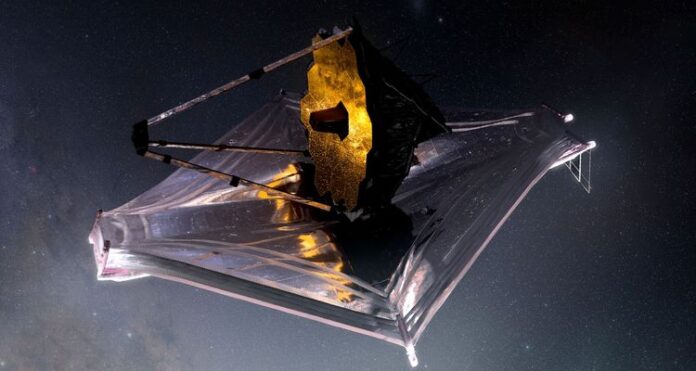| Translate This News In |
|---|
NASA has announced that the James Webb space observatory will publish its first full-color images and spectrographic data on July 12. The telescope, developed in collaboration with the European Space Agency (ESA) and the Canadian Space Agency (CSA), was initiated last December. NASA said in a release on Wednesday that the telescope is undergoing a six-month setup phase before it can begin science work, calibrating its instruments to the space environment and positioning the mirrors as the largest and most advanced observatory ever launched into space.
“This meticulous procedure, not to mention years of new technology development and mission planning, has culminated in the first images and data: a form of protest of Webb at its full power, ready to begin its science mission and start to unravel the infrared universe,” the statement continued.
“We are on the verge of an absolutely thrilling period of discovery about our universe as we near the end of preparing the observation deck for science. The publication of Webb’s first full-color images will provide an opportunity for all of us to pause and marvel at a view that humanity has never seen before “Webb programme scientist Eric Smith at NASA Headquarters in Washington.
“These images will be the culmination of centuries of devotion, talent, and dreams – but they will also be the beginning,” he added.
These images will be captured in infrared and colourized for public consumption. They will be the first in vibrant colours and will demonstrate the telescope’s full scientific capabilities.
Webb, which is estimated to cost NASA nearly $10 billion (roughly 7,750 crore), is one of the most expensive scientific systems ever built, comparable to CERN’s Large Hadron Collider and Hubble’s predecessor telescope.
Its mission also involves specifying the origin, evolution, and livability of exoplanets, which are distant planets.


















